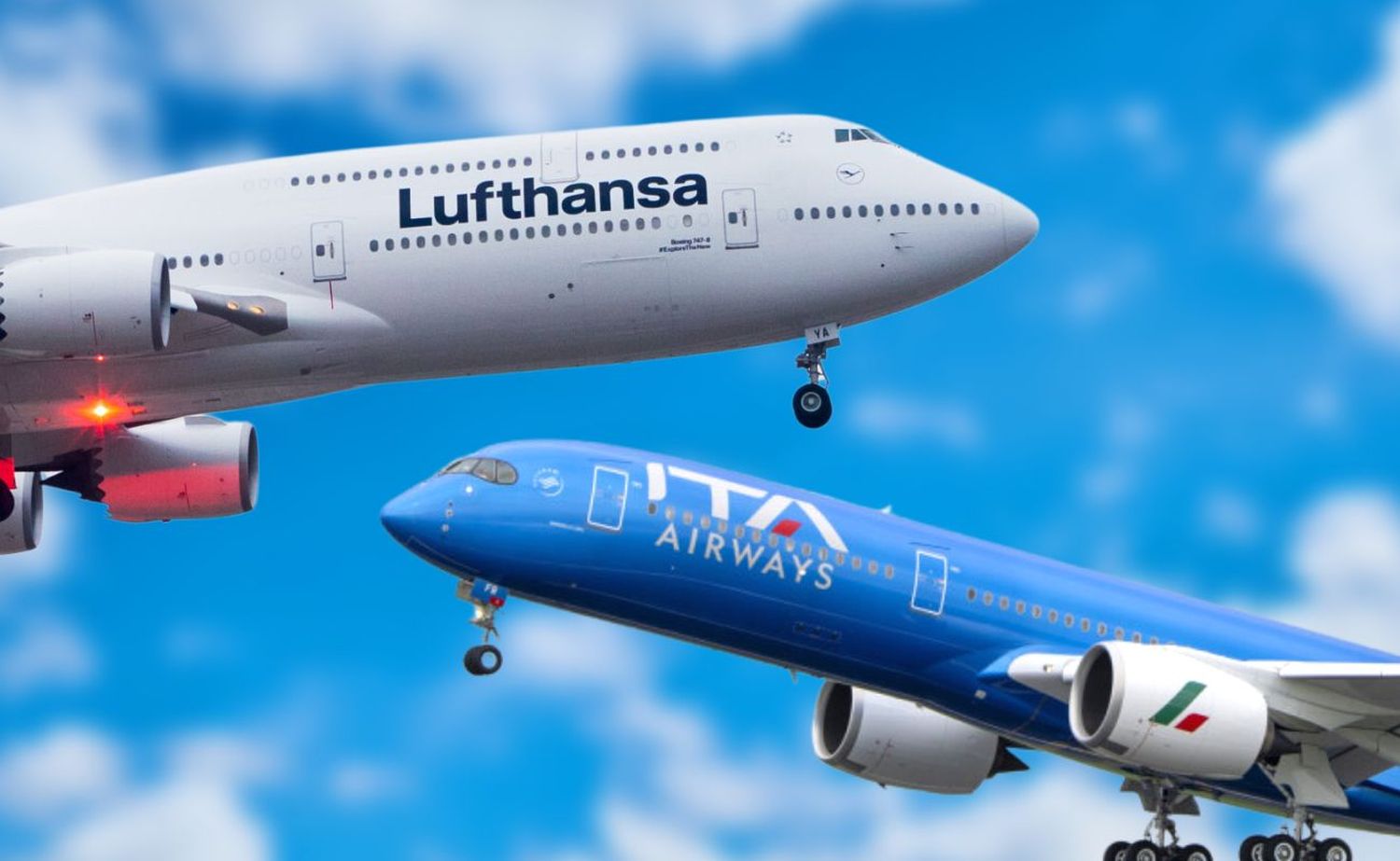Lufthansa makes an offer for ITA Airways to the Italian government
Lufthansa submitted today to the Italian Minister of Economy and Finance an offer to sign a Memorandum of Understanding and thus move forward with the acquisition of a stake in ITA Airways, the company that replaced the defunct Alitalia. This represents a new chapter in the long flirtation that the Italian state has been having with different companies.
As detailed in a statement, Lufthansa’s plan is to initially acquire a minority stake with an option to buy the rest of the package at a later date, which was not specified.
«These talks would primarily focus on the form of a possible equity investment, the commercial and operational integration of ITA into the Lufthansa Airline Group, as well as resulting synergies. In case of a binding agreement is reached, its implementation would be subject to approval by the relevant authorities,» the German airline said.
«For Lufthansa Group, Italy is the most important market outside of its home markets and the US. Italy’s importance for both business and private travel lies in its strong export-oriented economy and status as one of Europe’s top vacation spots,» they concluded.
According to a report by Leonard Berberi of Corriere Della Sera, Lufthansa’s offer would be to acquire 40% of ITA Airways for approximately EUR 300 million.
It now remains to be seen what counter-offer the consortium of Air France and Delta Air Lines will make.
In September last year, after the state ruled out MSC-Lufthansa’s offer to start exclusive negotiations with the Certares group and Air France-KLM the CEO of the German group, Carsten Spohr, had said he was not willing to abandon the idea of creating the southern base in Rome but would only return to the table when there is the intention of a full privatization of the airline.
«Investment can happen only if there is true privatization, not a system of public-private co-governance» said Spohr, who cited the success stories of Swiss, Brussels Airlines and Austrian Airlines, who returned to profit only when Lufthansa’s shareholding reached 100%.
See also: Analysis: the A220 comes to (help) turn the tide for ITA


Para comentar, debés estar registradoPor favor, iniciá sesión